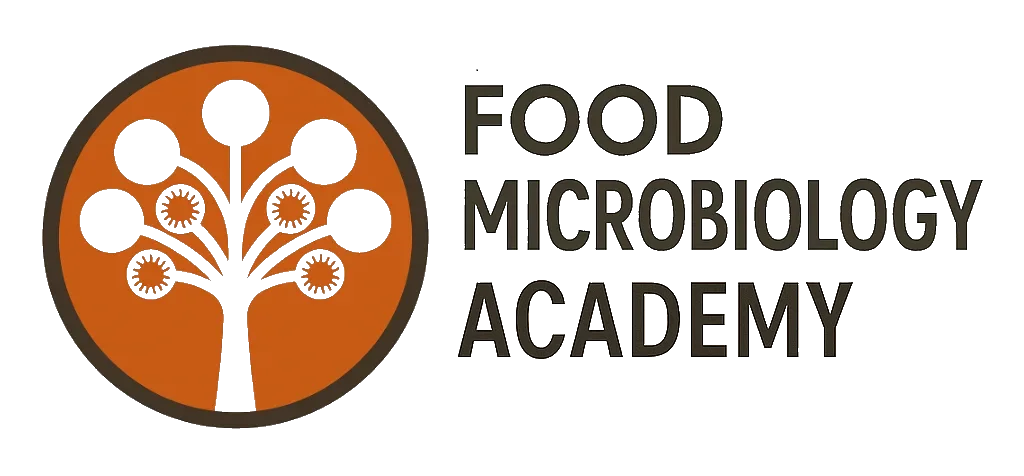A journey through the history of food microbiology
The world of food is not merely a feast for the senses; it is a realm teeming with invisible life. The study of food microbiology, a fascinating and indispensable branch of science, has revealed the hidden microcosm that plays a pivotal role in the production, preservation, and safety of the food we consume. As we delve into the annals of history, we’ll unearth the remarkable journey of food microbiology, from its nascent beginnings to its crucial role in contemporary food science and safety. The dawn of microbiology The story of food microbiology commences in the early 17th century when the Dutch merchant and amateur scientist, Antonie van Leeuwenhoek, crafted simple microscopes and laid the groundwork for microbiology as a whole. Using these rudimentary devices, Leeuwenhoek examined various biological samples, including water and tiny flecks of food. In 1676, he became the first person to witness bacteria through a microscope, marking the dawn of microbiology. Spontaneous generation and fermentation In the centuries that followed, the relationship between microorganisms and food remained largely uncharted territory. The prevailing belief was in spontaneous generation, the idea that life could arise spontaneously from non-living matter. For example, it was widely believed that food spoilage was a result of spontaneous generation rather than the activity of microorganisms. It was not until the 18th century that scientist Lazzaro Spallanzani conducted groundbreaking experiments to refute the theory of spontaneous generation. His meticulous work with food preservation, particularly the sealing of broth in sterile containers, demonstrated that food spoilage could be prevented by preventing the entry of microorganisms. Another pivotal figure in the history of food microbiology is Louis Pasteur, who conducted extensive research on the fermentation processes used in food and beverage production. In the mid-19th century, Pasteur demonstrated that microorganisms were responsible for fermentation in products like wine, beer, and bread. His work laid the foundation for the controlled fermentation processes we use in the food industry today. The birth of modern food microbiology The late 19th and early 20th centuries saw a surge in scientific understanding of food microbiology. This period witnessed the identification of specific microorganisms responsible for foodborne illnesses and the development of technologies to combat foodborne pathogens. One pivotal discovery came in the late 19th century when Robert Koch, a pioneering figure in medical microbiology, isolated the bacterium responsible for tuberculosis. This marked a significant step in the identification of pathogenic microorganisms in food. Soon after, scientists identified bacteria such as Salmonella and Escherichia coli (E. coli) as the culprits behind foodborne illnesses, leading to the development of the first food safety regulations and guidelines. The advent of food preservation methods With the understanding of microorganisms’ role in food spoilage and foodborne illnesses, researchers began to develop food preservation methods that harnessed this knowledge. One such method, pasteurisation, was named after Louis Pasteur. It involved heating food products to specific temperatures for a set duration to kill harmful microorganisms while preserving the food’s quality. Pasteurization remains a crucial food processing method, used for dairy products, juices, and various beverages. The 19th century also saw the development of canning, a method that involved sealing food in airtight containers to prevent microbial contamination. This method, pioneered by Nicolas Appert and later perfected by Louis Pasteur, revolutionized food preservation and contributed to the global expansion of food industries. The era of microbiological standards and regulations As the food industry grew, so did concerns about food safety. The need for standardized procedures and regulations to ensure the microbiological safety of food became apparent. In the early 20th century, the United States established the Pure Food and Drug Act in 1906, marking one of the earliest efforts to regulate food safety. This act laid the foundation for the creation of the U.S. Food and Drug Administration (FDA) in 1930. Around the same time, microbiological standards were developed, setting limits on the permissible levels of certain microorganisms in food products. These standards helped ensure the safety of food by regulating the number of harmful microorganisms allowed in products. The discovery of antibiotics and food microbiology The discovery of antibiotics in the mid-20th century had a significant impact on food microbiology. Antibiotics like penicillin and tetracycline were not only used to treat human infections but also found applications in agriculture and food production. They were used to control bacterial contaminants and diseases in livestock, contributing to increased food safety. However, the overuse of antibiotics in agriculture has raised concerns about antibiotic resistance in foodborne pathogens. This issue continues to be a subject of study and regulatory efforts in contemporary food microbiology. Modern food microbiology The late 20th century and early 21st century have witnessed a proliferation of advanced techniques and tools in food microbiology. Molecular biology, genomics, and bioinformatics have provided scientists with unprecedented insights into the microbial communities present in food and their impact on safety and quality. Techniques like polymerase chain reaction (PCR) and next-generation sequencing have enabled the rapid and accurate detection and identification of microorganisms in food. This has been invaluable for tracking outbreaks of foodborne illnesses, investigating contamination sources, and ensuring the safety of food products. The field of food microbiology has also expanded its scope to include the study of probiotics, prebiotics, and the human microbiome. Probiotics are beneficial microorganisms that can improve gut health and overall well-being when consumed in certain food products. Prebiotics, on the other hand, are non-digestible compounds that support the growth of beneficial gut bacteria. Challenges and future directions As our understanding of food microbiology continues to grow, so do the challenges we face. The globalization of food production and distribution has made it increasingly difficult to monitor and control foodborne pathogens. Emerging pathogens and antimicrobial resistance are ongoing concerns that require constant vigilance and research. Additionally, the demand for more sustainable and environmentally friendly food production practices is driving innovation in food microbiology. The development of alternative protein sources, such as plant-based and cell-cultured meats, presents new challenges and opportunities in terms of microbial safety and quality



